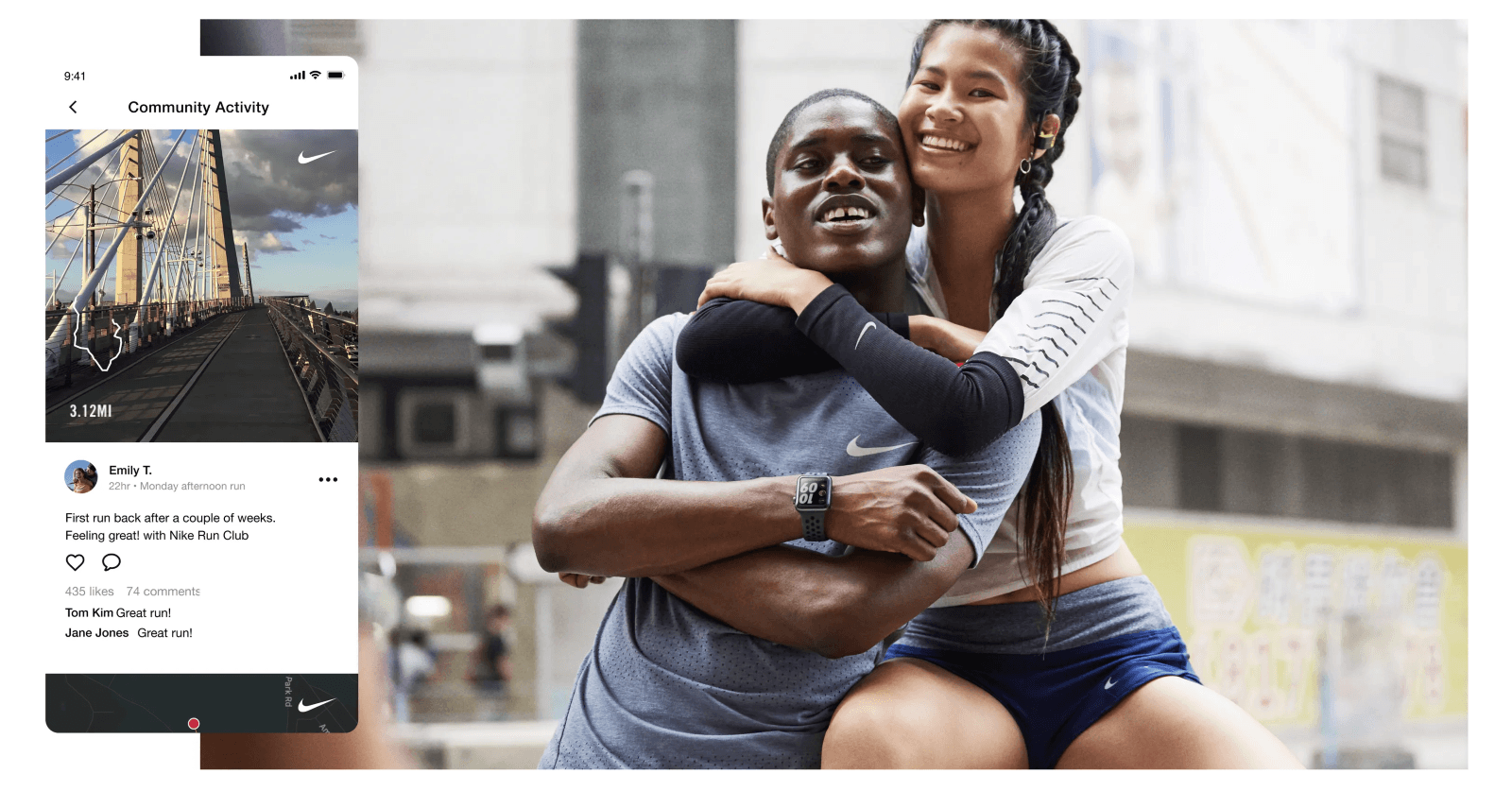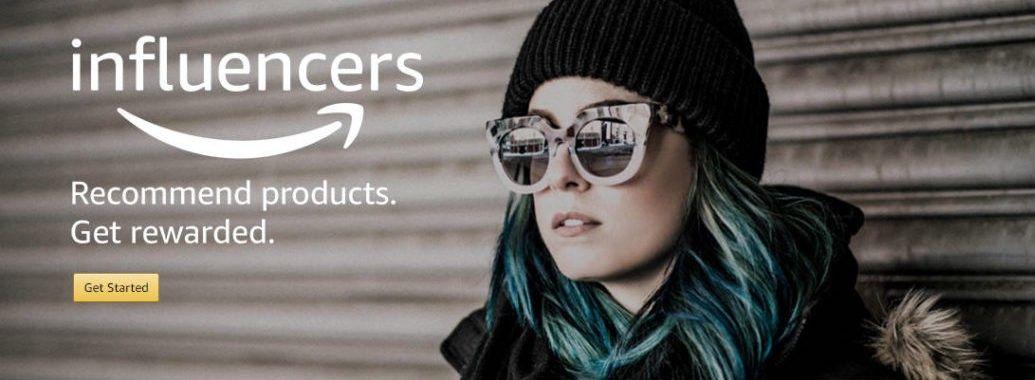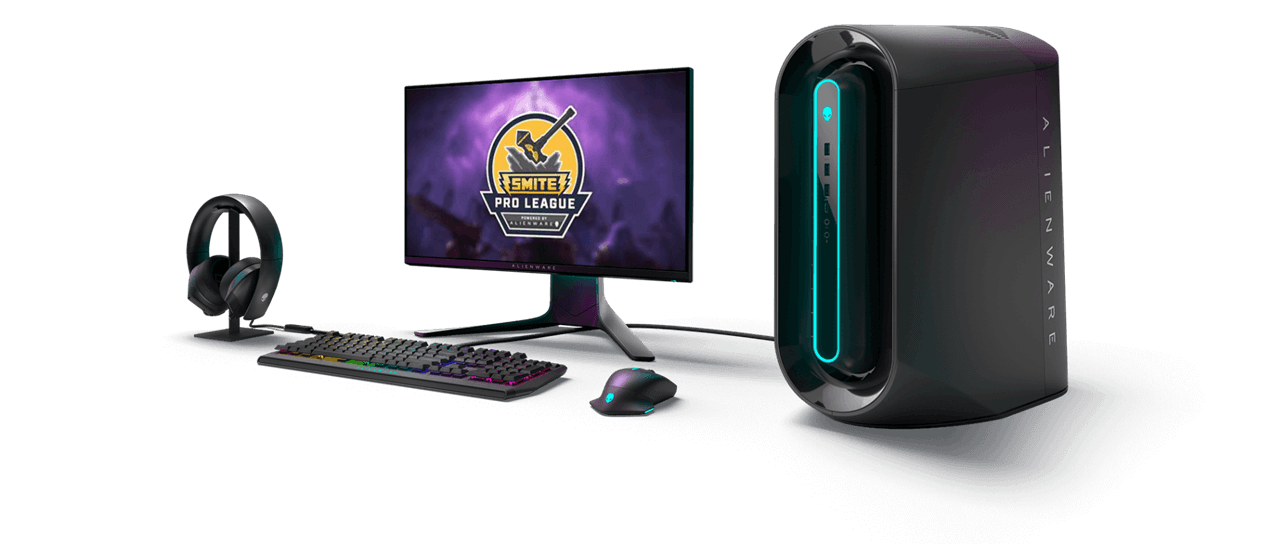


Wordle is the rare viral game that doesn't encourage bingeing. Its millions of players worldwide are limited to a once-a-day shot at victory, and the whole process—six attempts to guess a mysterious five-letter word—requires only a few minutes. There are no prizes except for pride and bragging rights.
Yet Wordle inspires the sort of loyalty, habitual engagement, social media and word-of-mouth sharing momentum that makes marketers drool. Why? What is it about this gray, yellow and green squares game that compels people to return day after day and broadcast their results online? What makes it equally as appealing to my Gen X self, my Gen Z teens and my Boomer mom?
The answer has powerful implications for brands because Wordle's winning formula provides a blueprint for loyalty program gamification.
Wordle's runaway popularity owes largely to three distinctive elements: its optimal degree of difficulty, its once-a-day nature, and its unique social-sharing element.
The first element powering Wordle's popularity is that it hits a sweet spot that researchers call "degree of desirable difficulty." The game is tough enough to present a meaningful challenge to a broad range of players and give a sense of accomplishment when they succeed.
It's also easy enough that many players win, and a large share of "Wordlers" also experience that winning feeling. It takes refinement to get this balance just right. For example, the game would become substantially more difficult if players only had five chances to guess the correct word, rather than six, or if the game featured eight-letter words.
The second aspect of Wordle's success is the once-a-day cadence. Sure, it discourages binging, but the limited time commitment makes Wordle feel like a manageable part of a daily routine. More importantly, Wordle only produces one puzzle per day—all those millions of players are doing the same puzzle at approximately the same time. That shared experience is perfect fodder for social media conversation.
And that's the third key to Wordle's success: social shareability. As important to Wordle's popularity as the game itself is the brilliant graphic automatically generated after each game, enabling Wordlers to share their results and progress during gameplay—all without giving away the answer to the daily puzzle. Wordle is a word game, but this graphic is a masterclass in how to tell a meaningful story without words.
With Wordle's acquisition by the New York Times, it has yet to be seen whether this viral game will be used to further the newspaper's own marketing strategy. But what is clear is that Wordle's popularity and social media ubiquity are the envy of marketers everywhere. The game also provides those marketers with a case study in how gamification can power a rewards program and inspire customer loyalty.
Gamification involves using game mechanics and game-inspired experience design to drive customer engagement and behavior. From points and badges to levels and leaderboards, gamification elements aim to influence customers using innate human motivators like competitiveness, reward-seeking behavior and the fear of missing out.
Gamification in loyalty programs provides customers with additional incentives that work alongside a brand's core value proposition to inspire desired actions such as more frequent purchases or increased overall spend. The gamification of loyalty concept has gained rapid traction in recent years and is poised for explosive growth: According to Markets and Markets, the global gamification market is projected to grow from $9.1 billion in 2020 to $30.7 billion by 2025.
There's a good reason for that investment. For one thing, customers enjoy gamification: 27% of millennials say they would stay in a loyalty program that included a competitive game or social aspect, according to a Colloquoy survey. More important, gamification produces results. Brands that turned to gamification to drive customer engagement report a 22% rise in brand loyalty and a 47% spike in engagement, according to Snipp. And according to a Tech Validate report, companies that added gamification elements specifically within their loyalty programs increased registration conversion rates by 50%.
Gamification can also help brands accelerate their collection of first-party data—the record of a customer's interactions with a brand, including the hints they've left about preferences and other indicators of what sort of offers, messages, and experiences might drive increased engagement and satisfaction. Similarly, gamification can also spur the collection of zero-party data, an emerging category that refers to a combination of progressive profiling and customer-indicated preferences around privacy and consent.
The impact of gamification within loyalty programs makes sense: People like to feel successful, acquire new skills and specialized knowledge, and receive recognition for their achievements. People also like to feel influential and be valued members of communities of people who share their interests.
Loyalty-program gamification works by tapping into those universal "likes" to encourage behaviors, such as conferring elite status within a member community to someone who hits an engagement target or offering a reward to customers who share their love for a product on social media.
Wordle's success demonstrates that if the challenges and community incentives are dialed in, a gamified loyalty program can work even without a robust set of traditional rewards such as discounts or freebies. Generally, though, successful loyalty program gamification means offering a compelling mix of traditional rewards alongside badges and points. It's essential to keep in mind that gamification is just one component of a larger customer engagement strategy to spark greater interest and more memorable interactions with your brand.
Designing a loyalty program that smartly incorporates gamification in a way that customers find fun and engaging and succeeds in driving your preferred actions and behaviors—well, it's much more challenging than, say, solving a five-letter word puzzle in six or fewer tries. The psychological underpinnings of gamification may be constant, but unlike Wordle, there's no one-size-fits-all solution.
What works best for your brand and program will depend on your content, community and product. Brands have found success using several different types of gamification, from badges to prize wheels and daily discount reveals. Here are a few of the leading categories:
The idea here is to deepen customer engagement by encouraging them to interact with one another about their experience with your brand and its products and services. The Nike Run Club app, for example, includes "Community Challenges," where runners work together to reach a collective mileage goal, often in support of a cause.

These gamification elements aim to encourage customers to rate and review your products, consume your brand content, and encourage others to follow suit. One example is Amazon's Influencer Program, which enables customers to set up custom pages where they post photos and videos recommending favorite products. The influencers then earn money when followers buy the recommended products.

Adding a gamification element to a more traditional rewards-program offer can increase engagement. For example, Southeastern Grocers introduced a "Rewards Boosters" feature to its loyalty discount program that offers bonus savings to customers—but only after they have successfully completed a challenge.

This strategy involves using points, badges, and leaderboards to encourage customers to engage with your brand to gain higher levels of community status and rewards. For example, 7-Eleven's 7Rewards programs use a point system to encourage frequent purchases, including bonus-points promotions tied to specific items.

This tactic is a way for brands that derive value from customer communities to encourage participation in those communities. For example, Dell uses gamification loyalty programs like its Alienware Arena Rewards Program which offers incentives to gamers to share original content and vote on the quality of other members' content.
Putting gamification to work for your brand

To better understand how brands can activate loyalty program gamification, I talked to Brad MacDonald, Vice President of Loyalty Strategy Consulting at Epsilon. According to MacDonald, “The process of gamifying your brand's rewards program starts with identifying the type of engagement you want to encourage and then developing a gamification approach that will serve as a strong incentive—coupled, of course, with a solid value proposition that will generate a meaningful benefit for members.”
He explains that this process doesn't need to be one-size-fits-all—you can identify target segments and create specific objectives for each of them. MacDonald says, “Just take care to craft an experience and a challenge that each segment will find compelling and honors their time and data investment.” In addition to using the program to drive sales and engagement goals, you may also benefit from investigating how the insight you gain could be used to enhance the personalization of your interactions with that customer in the future, perhaps creating even more loyalty.
You likely won't nail the total concept in your initial brainstorming. MacDonald emphasizes that testing and refining your concept is important here. Wordle's creator discovered that the game was too difficult when it included every five-letter word in the dictionary. Based on that observation, he ensured that the game's vocabulary wasn't too esoteric and that it featured words common enough so that most players know them. The same process and willingness to iterate will also likely benefit your loyalty program.
Wordle's runaway success is a testament to the power of a genuinely compelling game and a powerfully engaged community. Those forces can be just as impactful when put to work on behalf of your brand. Hitting on the right concept and execution is critical. You may benefit from working with a partner such as Epsilon, whose technology and strategic approach are designed to generate additional value for your brand by influencing member behavior, using tools such as gamification and loyalty programs.
Getting it right will require more time and effort than solving the latest Wordle puzzle. Then again, you'll have far more than bragging rights to show for your work.